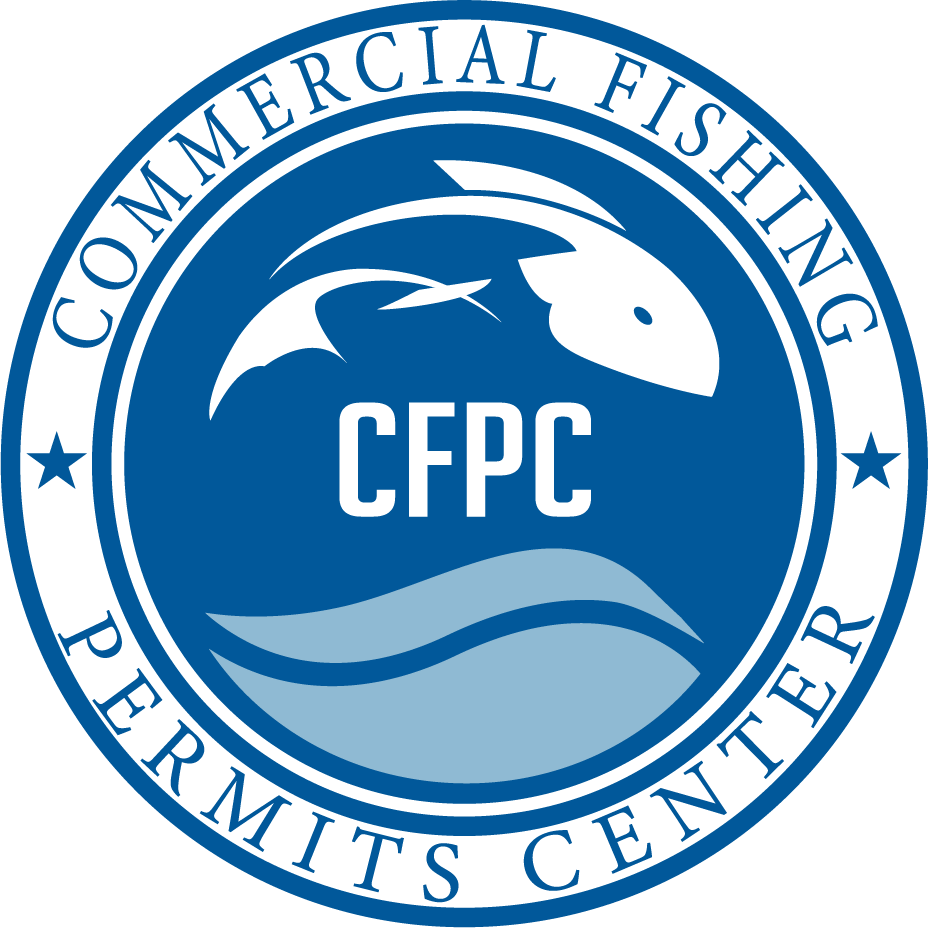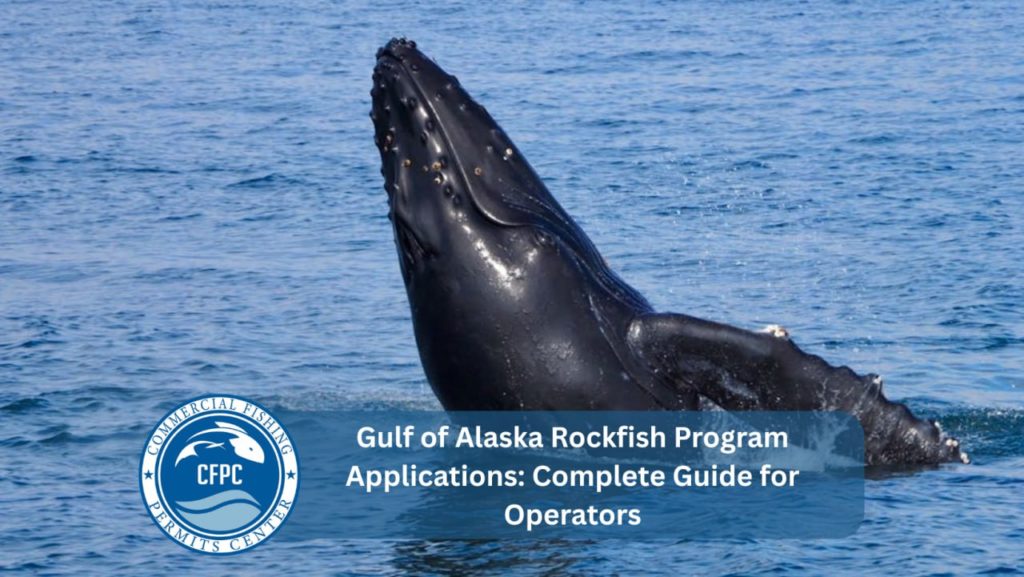Alaska’s commercial fishing industry relies on highly specialized programs that are designed to maintain sustainability and allocate resources fairly. The Gulf of Alaska Rockfish Program Applications is one such system that furnishes vessel operators and quota holders with the means to access one of the most lucrative groundfish fisheries in the region.
The program came into being to control the harvest of main rockfish species, lower bycatch, and raise the efficiency of operations. Access to harvesting privileges is made available to vessel owners through the completion of the proper applications while at the same time they are bound to conservation and monitoring requirements. In the absence of these applications, operators are not allowed to participate in the program and thus may forfeit the chances of making the most of their profits in one of the competitive fisheries of Alaska.
This article discusses the basics of the Gulf of Alaska Rockfish Program Application, explains the application process, compares it to other programs, and offers practical advice for successful engagement.
Understanding the Gulf of Alaska Rockfish Program Applications
The goal behind the establishment of the Gulf of Alaska Rockfish Program was to offer structured access to the rockfish that live in the area while making sure that the ecological balance is preserved. The program mainly focuses on the species that are the most common in the areas such as Pacific ocean perch, northern rockfish, and dusky rockfish.
Program Objectives
The program was conceived to:
- Ensure the distribution of catch quotas that is equitable among the different parties involved.
- Lower the amount of bycatch and make the fishery more sustainable.
- A fleet that is more consolidated and efficient is one of the effects of the program that is being promoted.
The program was intended to bring about stability to the processors and harvesters.
Key Information Required in Applications
Applications for the program require detailed vessel, ownership, and operational data.
| Section | Description | Required Documents |
|---|---|---|
| Vessel Information | Includes details such as vessel length, year of build, gross tonnage, and identification number. | Vessel Documentation Certificate |
| Ownership Details | Lists names, addresses, and citizenship status of vessel owners or stakeholders. | Government-issued Identification |
| Quota Allocation | Specifies the amount or percentage of rockfish catch shares being requested under the program. | Prior Fishing History Records |
| Bycatch Compliance | Outlines the applicant’s commitment and plan to comply with bycatch reduction limits and monitoring requirements. | Bycatch Monitoring Reports |
This ensures that only qualified and compliant operators participate in the fishery.
Compliance and Reporting Aspects
Completing Gulf of Alaska Rockfish Program Applications is not just paperwork—it is the foundation of compliance with federal fisheries management rules.
Application Deadlines and Accuracy
Applications must be submitted by strict deadlines. Inaccurate or incomplete submissions can delay processing or result in disqualification.
Bycatch Management
The program emphasizes bycatch reduction. Operators must follow reporting standards to document bycatch of species such as halibut and sablefish. This protects non-target species and ensures balanced resource management.
Quota Transfers and Cooperative Management
Participants can form cooperatives to share quota allocations. These cooperatives improve efficiency, reduce competition, and promote safer working conditions. The applications must reflect cooperative participation if applicable.
Financial and Legal Implications
Penalties of a considerable nature may be imposed if there is a failure to comply with the requirements of the program such as the loss of the right to catch a certain quota or the suspension of fishing rights. It is, therefore, imperative for many operators to allocate resources towards the accuracy of their applications and ensuring that they keep up with reporting requirements.
Comparison of the Rockfish Program with Other Fisheries
- Both Rockfish Program and Amendment 80 prioritize quota management.
- The Rockfish Program in the Gulf of Alaska targets rockfish species.
- Amendment 80 applies to Bering Sea groundfish fisheries.
The Gulf of Alaska Rockfish Program is also distinct from the other fisheries in the area in structure and conservation.
Rockfish Program vs. Amendment 80
Both programs manage quotas as their main focus, but Amendment 80 is a characterizing Bering Sea groundfish fisheries, while the Rockfish Program is for the Gulf of Alaska rockfish species.
Step-by-Step Guide to Completing Gulf of Alaska Rockfish Program Applications
Another criticism is that new program operators need training about the process so that they do not make costly mistakes with their programs.
Review Eligibility
First of all, confirm the eligibility of the vessel and the criteria of the ownership that is necessary before requesting.
Collect Documentation
Have on hand vessel certificates, proof of ownership, and records of fishing history.
Complete Application Forms
Make sure you provide correct information especially when it comes to vessel specifications, quota requests, and cooperative participation.
Submit by Deadline
Do it before the deadline so that your request will be processed timely and you will not be disqualified or face delay.
Maintain Compliance Records
New operators in the program must understand the process to be able to avoid mistakes that may cost them a lot of money.
Review Eligibility
First of all, confirm the eligibility of the vessel and the criteria of the ownership that is necessary before requesting.
Collect Documentation
Have on hand vessel certificates, proof of ownership, and records of fishing history.
Complete Application Forms
Make sure you provide correct information especially when it comes to vessel specifications, quota requests, and cooperative participation.
Submit by Deadline
Make sure to plan for your deadline to give your request time to be processed or you may be disqualified.
For this reason, you should keep available copies (applications, quota allocations, monitoring reports etc.) of these documents in order to be able to produce them at the request of inspection authorities.
Why Gulf of Alaska Rockfish Program Applications Matter
The Gulf of Alaska Rockfish Program applications are crucial for inshore fishermen. Without them, they would not be able to carry on their operations in the normal legal way. By setting up structured quota allocations, they make it possible to keep certain conservation practices that were selected and to raise the overall efficiency of one of the most valuable fisheries of Alaska.
By submitting their applications correctly and on time at Commercial Fishing Permit Center, operators ensure their continuity in the program and, thus, they are able to protect their investment. The process is a way to guarantee that everyone gets an equitable share of the resources, thus, the non-targeted species being kept safe, and it becomes possible to realize higher profits through cooperative management.
Therefore, the applications are tools for commercial fishing operators to secure long-term stability, compliance, and success in the Gulf of Alaska rather than being just routine administrative tasks.


No Comments
Be the first to start a conversation